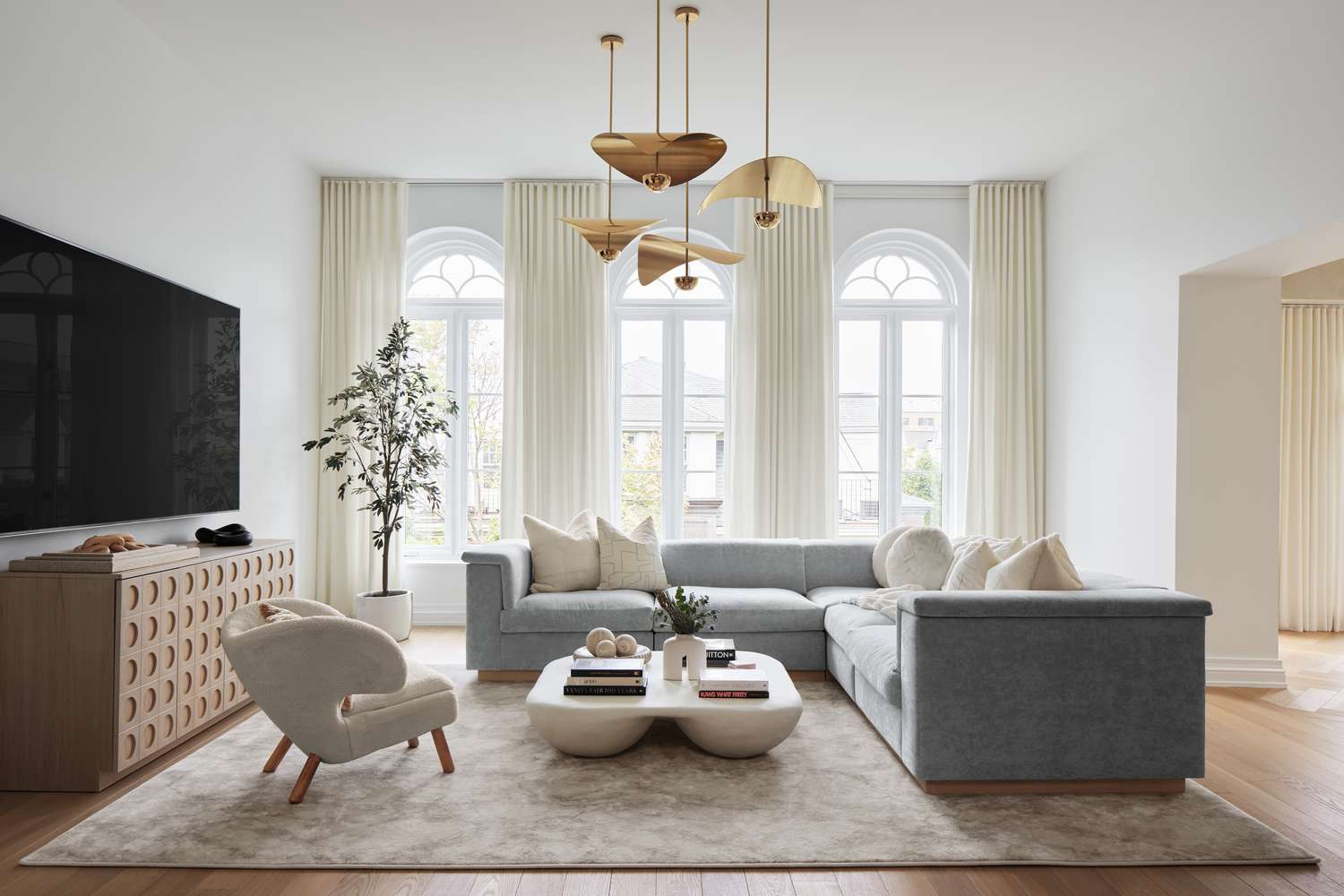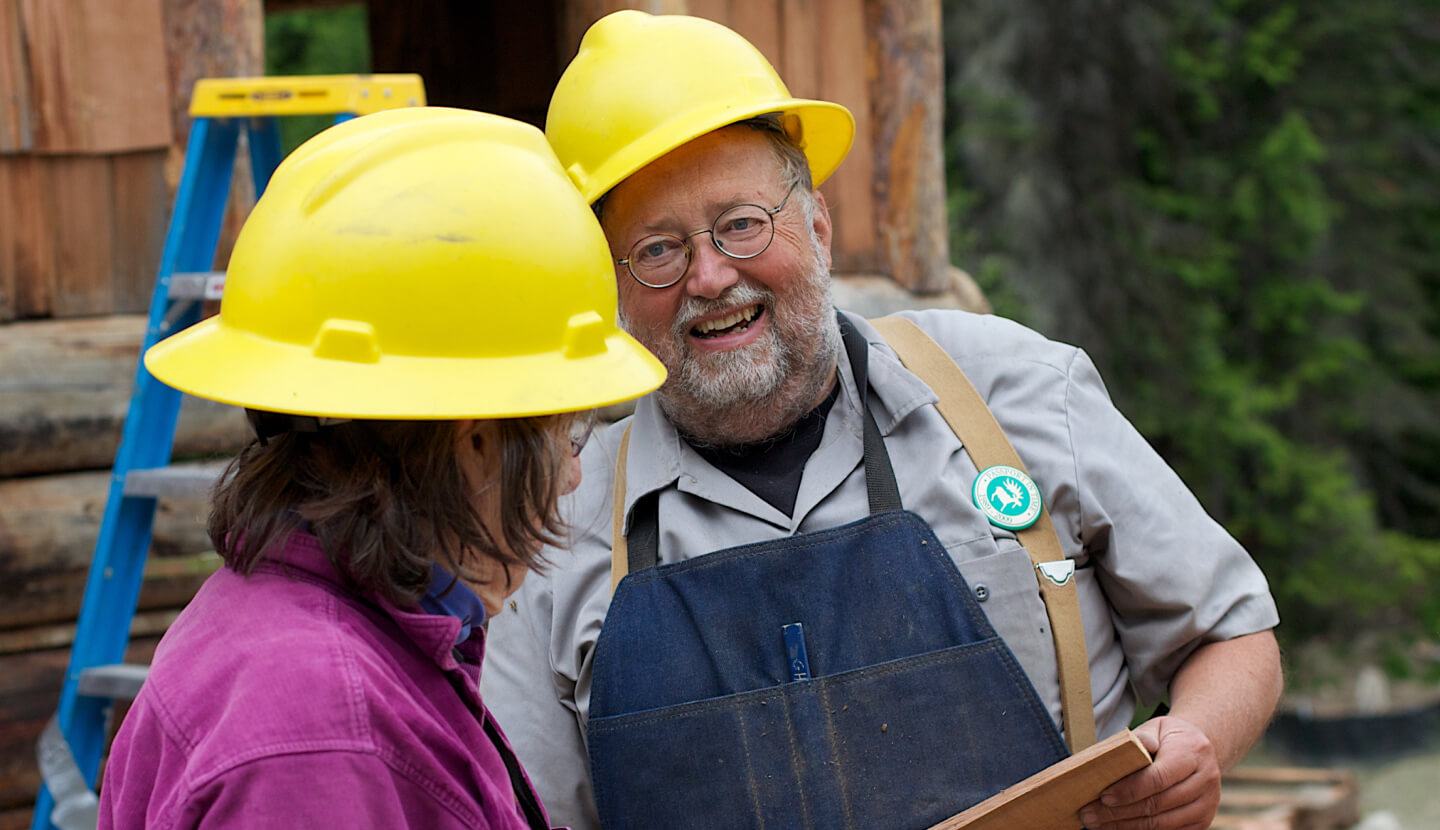
diy
-

The Best Way To Reuse Old Picture Frames
Everyone knows the struggle: too many picture frames, not enough photos. After all, why print…
-

Create A Floating Headboard with Old Flooring
Floating Headboard Reduce, Reuse, Recycle does not have to be boring. It can even be…
-
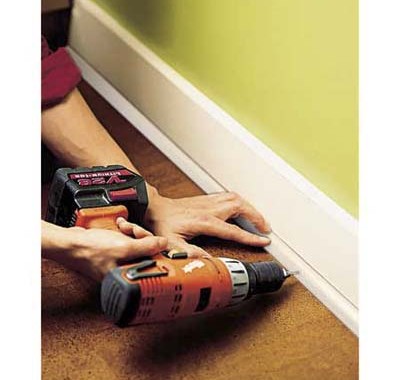
The Best Eco-Friendly Flooring: Cork
Hardwood floors are a staple in most home renovations nowadays. But this flooring can often…
-
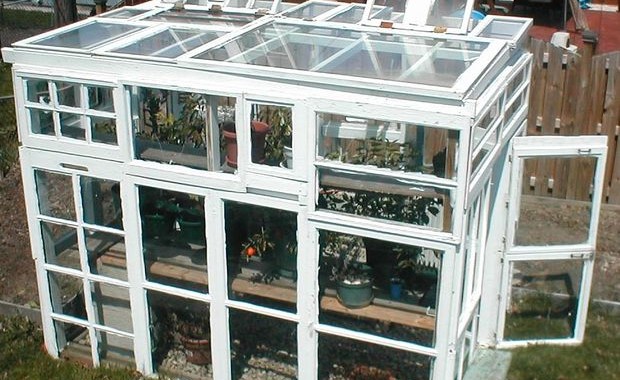
Add Green Style To A BackYard With A Window Frame Greenhouse
A greenhouse can be a great addition to any blank canvas of a backyard. But…
-
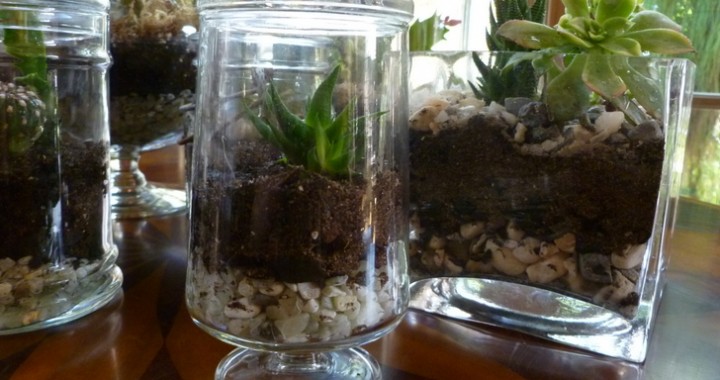
No Foolin’: Improve Indoor Air Quality With These Simple Terrariums
With spring finally finding its way to Chicago, many people are excited to tend to…







